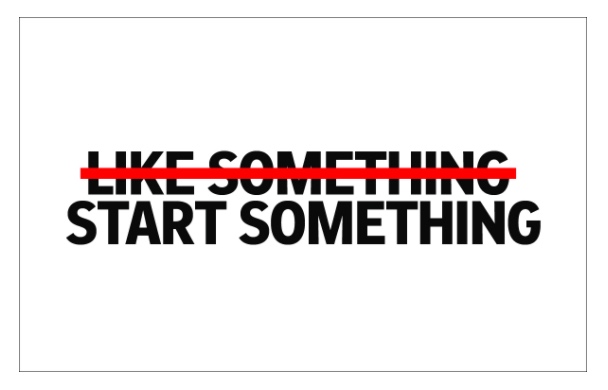Flipboard cozies up to Facebook-weary publishers

Now, it’s time for Flipboard’s charm offensive with publishers. This week, the mobile reading app rolled out full-page print ads in newspapers, including the Financial Times and The Wall Street Journal, and sites, including Axios, Vanity Fair and The Hollywood Reporter, just as publishers are increasingly seeking ways to replace their Facebook referral traffic.
Mike McCue, Flipboard’s founder and CEO, said discussions of a campaign began late last spring and that the timing of the launch is unrelated to Facebook’s announced plans to cut the amount of news people see in its news feed. Still, the campaign comes after a year when Flipboard worked with publishers on reporter-curated newsletters, grew its editorial and curation team and laid the groundwork to help publishers monetize their video inside Flipboard. It added more than 100 non-U.S. publishers to its roster of 4,000.
It’s also backing away from a fast-loading mobile article format, similar to Facebook Instant Articles, which it debuted before mobile-optimized sites were common. In response to publisher feedback, it’s no longer stressing the format, instead allowing publishers to use Flipboard as a source of referral traffic, provided their sites are mobile-optimized.
The effect has been dramatic in some cases. The Next Web was publishing all its content on Flipboard using its proprietary format and started using it for referral traffic in November. After the switch, Flipboard immediately leapfrogged Facebook, where The Next Web has over 1 million fans, and Twitter (1.85 million followers) to become its top source of social referral traffic, despite the fact that The Next Web has just over 181,000 followers on Flipboard.
Mobile referral traffic from Flipboard is up over 350 percent since May, according to Parsely, albeit from a small base compared to Google and Facebook. Google and Facebook still dominate mobile referral traffic by a big margin, and Flipboard is a distant fourth after Twitter, according to Parsely.
“It’s become a sleeper hit,” said Jess Barron, vp and gm of Livestrong.com, which joined Flipboard six months ago. “Every publisher is looking for the next big thing to provide us that regular infusion of traffic.”
Flipboard is not in the same weight class as Facebook or Google. It claims a monthly active user base of 100 million, less than 5 percent of Facebook’s 2.1 billion. And its audience doesn’t skew heavily toward a particular age group — its audience is equal parts millennial, Gen X and older.

But unlike Facebook, which is trying to become a native video platform and a commerce marketplace and a global ad platform (as well as a place for friends and family), Flipboard’s raison d’être is simple and publisher-friendly: Deliver brand-safe publisher content to its users.
Publishers just need a functioning RSS feed of their content to be distributed on Flipboard. But this past year, Flipboard began collaborating more closely with publishers on content packages that appeared both on Flipboard and in newsletters. NBC News, for example, created a package around the first year of Donald Trump’s presidency; The Wall Street Journal created a package on the state of women in the workplace.
Those efforts continue in 2018. For the Golden Globes, for example, E! curated coverage of the event that Flipboard put on its homepage.
Publishers, which have often complained that other platforms from Facebook to Pinterest haven’t been helpful solving their problems, will take any platform love they get these days.
“They’re incredibly responsive,” said Janaki Challa, who heads audience development at The Daily Beast, which gets more traffic from Flipboard than Facebook. (She wouldn’t give numbers.) “It can be hit or miss with other partners, but with them, it’s been a relatively easy relationship.”
Update: An earlier version of this story said Flipboard was The Next Web’s top source of referral traffic. It is its top source of social referral traffic.
More in Media

Meta AI rolls out several enhancements across apps and websites with its newest Llama 3
Meta AI, which first debuted in September, also got a number of updates including ways to search for real-time information through integrations with Google and Bing.

Walmart rolls out a self-serve, supplier-driven insights connector
The retail giant paired its insights unit Luminate with Walmart Connect to help suppliers optimize for customer consumption, just in time for the holidays, explained the company’s CRO Seth Dallaire.

Research Briefing: BuzzFeed pivots business to AI media and tech as publishers increase use of AI
In this week’s Digiday+ Research Briefing, we examine BuzzFeed’s plans to pivot the business to an AI-driven tech and media company, how marketers’ use of X and ad spending has dropped dramatically, and how agency executives are fed up with Meta’s ad platform bugs and overcharges, as seen in recent data from Digiday+ Research.







